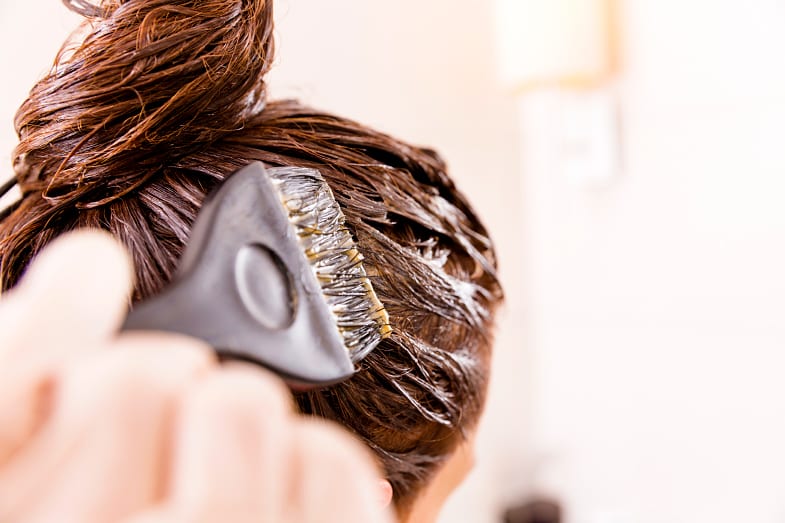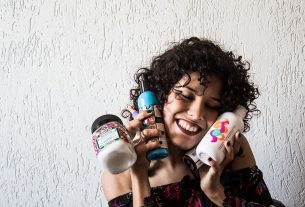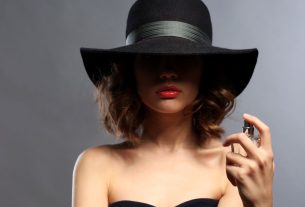Does ammonia-free paint work? Does it damage the thread less? Does it last the same as ammonia paint? Know the differences, advantages and disadvantages of each one.
It is certainly extremely normal to dye your hair to give it a makeover or even cover those gray hairs. Regardless, what do you use: ammonia-free or ammonia-containing paint?
Typically, most women use ammonia dye. Despite being more popular, it is known for its negative points. These include, for example: dry, brittle and dull hair.
In contrast is ammonia-free paint. It is known for reviving faded color and adding incredible shine to natural hair. However, it also has its negative points.
Above all, do you know these two types well? Women’s Area will show you a little more information about them, so you can make your choice.
Ammonia paint: permanent
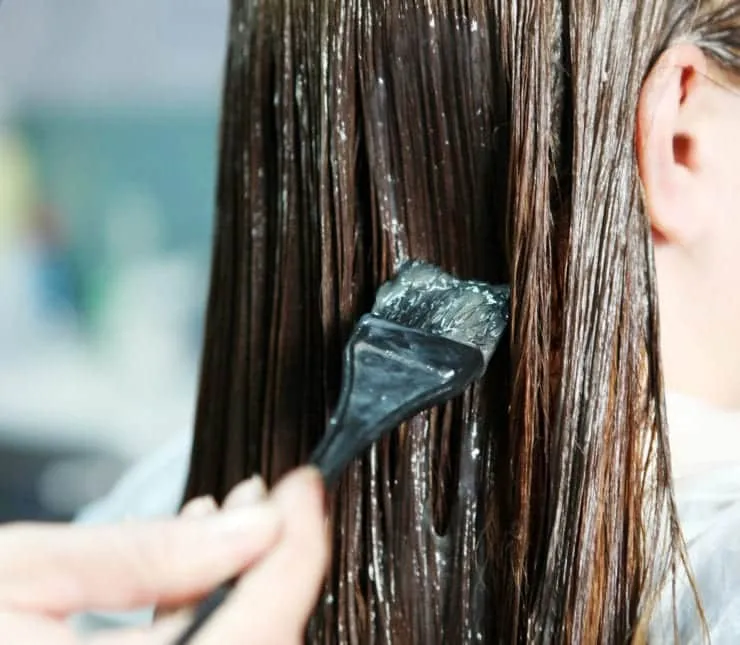
Surely you know about permanent coloring. It contains ammonia, which acts to open the hair cuticle so that the natural hair color is removed from the hair fiber and the synthetic pigment is introduced. It is recommended for radical changes to hair strands or to cover gray hair.
Ammonia promotes long-lasting color with high coverage. Consequently, it does not require touch-ups and it is only necessary to color the regrown roots. Furthermore, this type of coloring has lightening power of up to 3 tones below your natural color, ideal for a more intense change in hair color.
Ammonia is not recommended for those who have chemical treatment in their hair, as it can leave the strands extremely damaged if applied to strands that have progressive brushing, straightening, relaxation and the like. This occurs because of the incompatibility between ammonia and the active ingredients in most procedures that change the shape of the hair.
Ammonia-free paint: toning
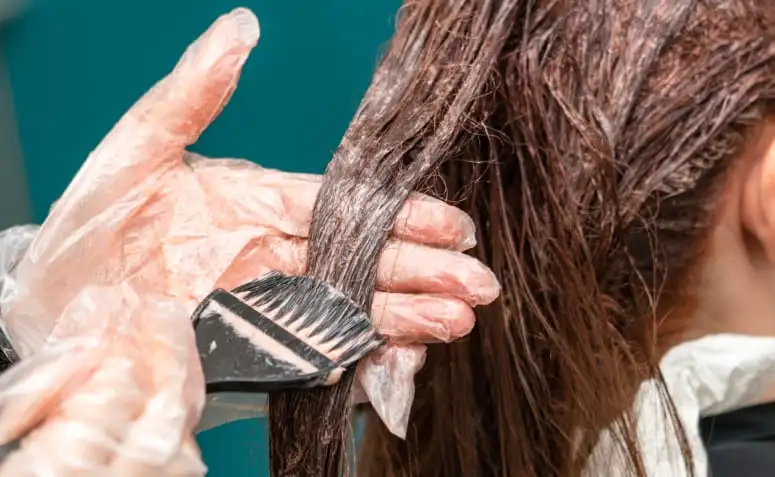
Ammonia-free dye, also known as toner, is a type of semi-permanent dye. It has less intense duration and coverage than permanent coloring. This process focuses on the external part of the hair, not penetrating the hair fiber. Furthermore, it colors the hair without altering the internal part of the hair.
The chosen pigment is deposited on the hair cuticle while the original hair color is maintained within the strand. The toner also provides an incredible shine shower effect. Furthermore, semi-permanent coloring is more suitable for those who want to make temporary, less radical changes, especially for those who want to revive their hair color.
Finally, the toner does not contain ammonia or any substance that may be incompatible with any ingredient in chemical procedures and can be safely applied to hair that has undergone chemical processes.
However, if you need to cover a lot of gray hair, here’s a warning: ammonia-free dye is only capable of solving your problem if the unwanted gray hair does not cover more than half of your head. Therefore, this treatment is not recommended for those who need to dye a large portion of gray hair.
On the other hand, ammonia-free paint has several benefits for those who choose it. One of them, of course, is that it is cheaper than permanent dyes. Furthermore, as the coloring is concentrated on the outside of the hair, the product comes off during washing, which causes the color to fade evenly.
In fact, as it damages the hair less than permanent dye, the toner can be used on any type of hair, without contraindications. It is necessary, however, to carry out a touch test to ensure that you are not allergic to the product. Therefore, read the label and instructions for use carefully before dyeing.
Hair care after dyeing
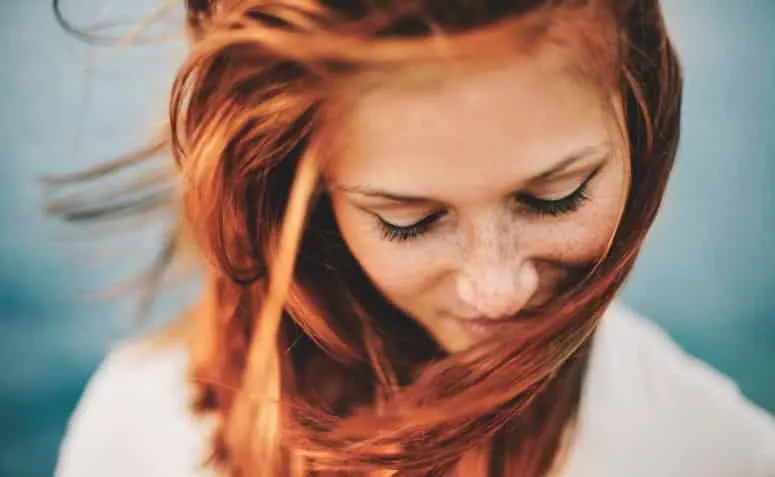
Above all, it is important to know how to maintain the color and recover your hair after the procedure. It doesn’t matter if you used ammonia-free or ammonia-containing dye, the precautions to prevent fading and keep your hair healthy and soft are almost the same.
Firstly, it is necessary to apply thermal protector to your hair before using heat tools, protect your hair from the sun with a leave-in product with UV protection and wash your hair with cold water. These are some basic habits to make your coloring last longer.
Furthermore, it is also necessary to avoid salty waters, such as seas, and waters with a lot of chlorine, such as treated swimming pools. This is because the compounds in these waters can accentuate the fading of hair. Finally, you should make your hairdresser your best friend. Therefore, be sure to consult him whenever you have any questions regarding your hair care.
In fact, it is necessary to invest in specific products for colored hair. Use shampoos, masks and conditioners designed for colored hair, which prevent fading and maintain the health of your hair. A great line for maintaining the color and health of your hair after coloring is Vitamino Color AOX, from L’Oréal Professionnel.
Did you like this article? Then you’ll also like this: Hair colors for brunettes – Choices that best highlight your skin tone
Source: MSN Salon Secrets MSN 2
Featured image: Cultura Mix
Images: Madeixa, Women’s Tips.

Sign up for our newsletter and stay up to date with exclusive news
that can transform your routine!
Warning: Undefined array key "title" in /home/storelat/public_html/wp-content/plugins/link-whisper-premium/templates/frontend/related-posts.php on line 12
Warning: Undefined array key "title_tag" in /home/storelat/public_html/wp-content/plugins/link-whisper-premium/templates/frontend/related-posts.php on line 13

